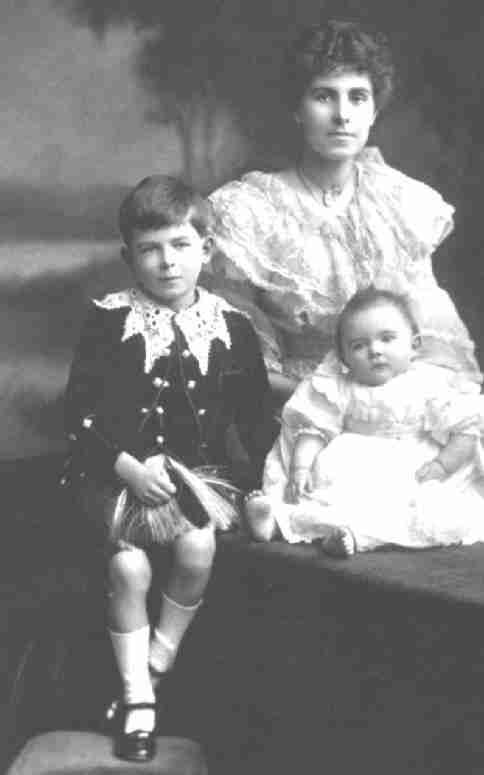

Figure 1.--This boy wears a formal Higlandckilt with formal black velver jacket (note detailing on sleve), tartan, kilt, and sporan. His mother has added a Fauntleroy style lace collar. The fact that he is not wearing a bow means that he is probably not American. The white three-quarter length socks and strap shoes suggest that he is probably an English boy and the photograph was taken about the turn of the century.
|
|
Fauntleroy Kilts and Kilt Suits
Some mothers in the 1880s and 1890s were much smitten with the Fauntleroy style. British and American mothers might add a lace collar to a formal Highland kilt or in America they might adopt the Fauntleroy style for the kilt suit. This was much more common with kilt suits, especially in America. But we see some examples in Britain as well.
Fauntleroy Highland Kilt
Highland kilts are worn for both formal and informal occasions. During the Fauntelroy Craze, the Hughland kilts for forml occassions might be worn with Funtleroy embelishments.
Formal occasions
Formal kilts worn in Scotland are generally called Highland kilts. They are commonly worn with some of the following Highland regalia: Scotch bonnet (Glengarry or Balmoral), a black velvet jacket, a jabot or tie, a tartan kilt, kneesocks (often argyles), a dirk, and a sporan. This is the kilt outfit commonly worn for dress occasions. The black velver jackets worn with the Highland kilt commonly had military detailing, imcludingbblack trim and brass bittons--often square brass buttons.
Some mothers might had some Fauntleroy styling to these formal kilts. The most common pattern was to add a lace or ruffled collar. This was mostly done in England. HBC believes that this was not common in Scotland, but cannot yet confirm this. Usually, while a large lace or ruffled collar was added, a large floppy bow was not. This isbecause these bows were not nearly as common in England as in America. In America where large floppy bows were commonly worn lace and ruffled collar, Highland kilts were not common. American boys did commonly wear kilts, but not Highland kilts.
Two of the most common characteristics of the Highland kilt was that boys wore it with kneesocks, often argyle kneesocks, and a sporan. The kilted Fauntlroy suits and kilt suits worn by American boys were modtly worn with long stockings. While it was most commonly worn with kneesocks. Younger boys in England might wear it with white three-quarter socks and strap shoes. This pratice continued into the 1950s for affluent English families, but abkle socks became more common.
Informal occasions
Less formal Highland kilts might include a tartan kilt worn with a tweed jacket and at least a sporran. These kilts were generally not worn with Fauntleroy styling. They were commonly worn as school uniforms.
The classic Little Lord Fauntleroy suit was worn with kneepants. Some mothers, however, were so enamored with the Fauntleroy look that they wanted to atire their younger sons who had not yet been breeched in the new Fauntleroy look. One option was a Fauntleroy jacket and blouse, but worn with a kilt or skirt. Some mothers also chose dresses with Fauntleroy styling. Often the skirts were referred to as kilts. Quite commonly they were plaid skirts. Only rarely, however, were proper Highland kilts worn--especially in America. These outfits almost always were worn with long dark stockings.
Kilt Suit with Lace Collar
Some mothers did not purchase a special Fautleroy kilt outfit for their sons, but rather simply added some Fauntleroy styling to an ordinmary kilt suit. The most common pattern was to add a lace or ruffled collar, often with a large floppy bow. These outfits almost always were worn with long dark stockings.
HBC

Navigate the Boys' Historical Clothing Web Site:
[Return to the Main kilt page]
[Return to the Main Fauntleroy page]
[About Us]
[Introduction]
[Activities]
[Biographies]
[Chronology]
[Clothing styles]
[Countries]
[Girls]
[Theatricals]
[Topics]
[Bibliographies]
[Contributions]
[FAQs]
[Glossaries]
[Images]
[Links]
[Registration]
[Tools]
[Boys' Clothing Home]
Created: December 13, 1999
Last updated: 7:24 PM 5/5/2017



